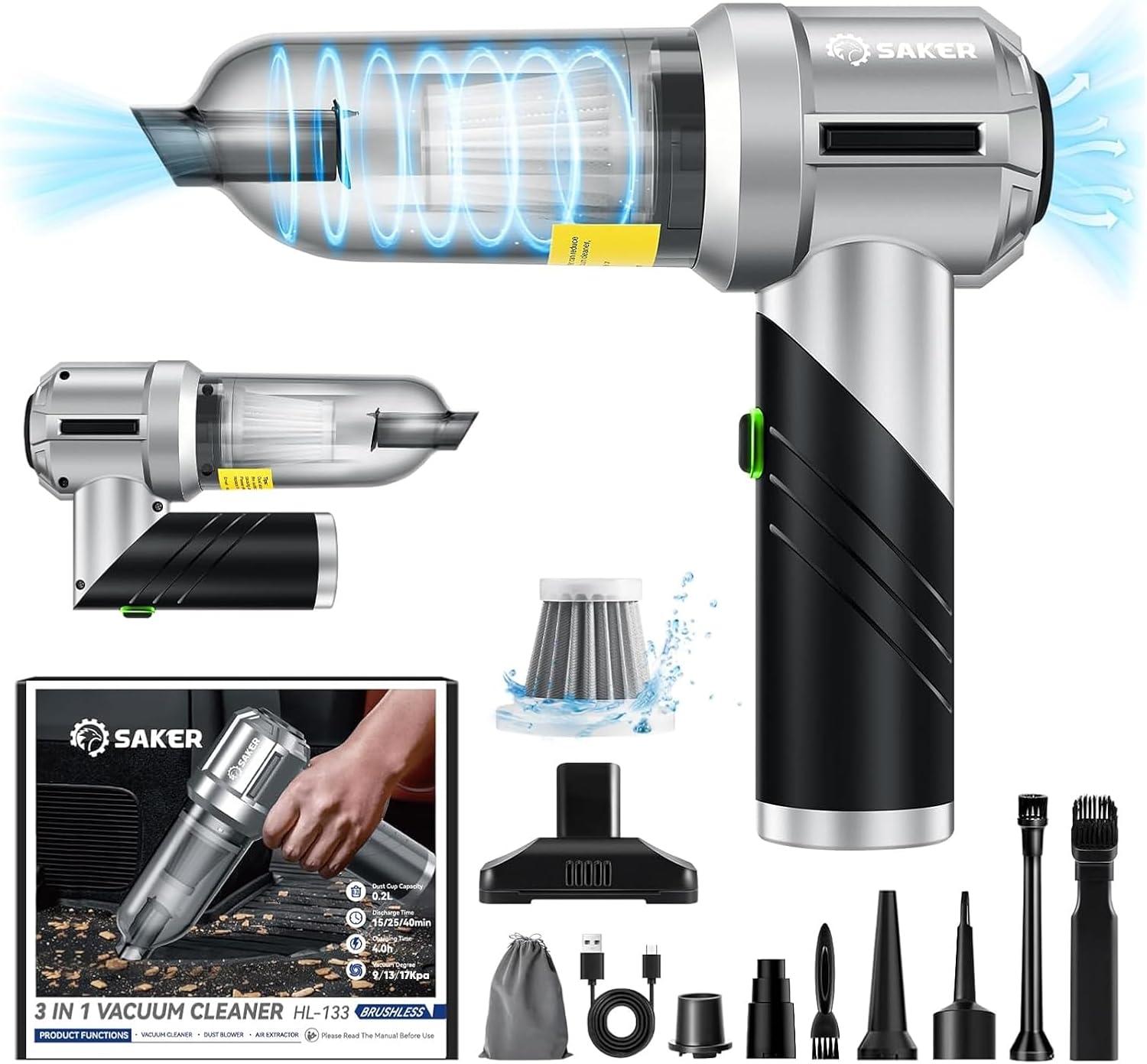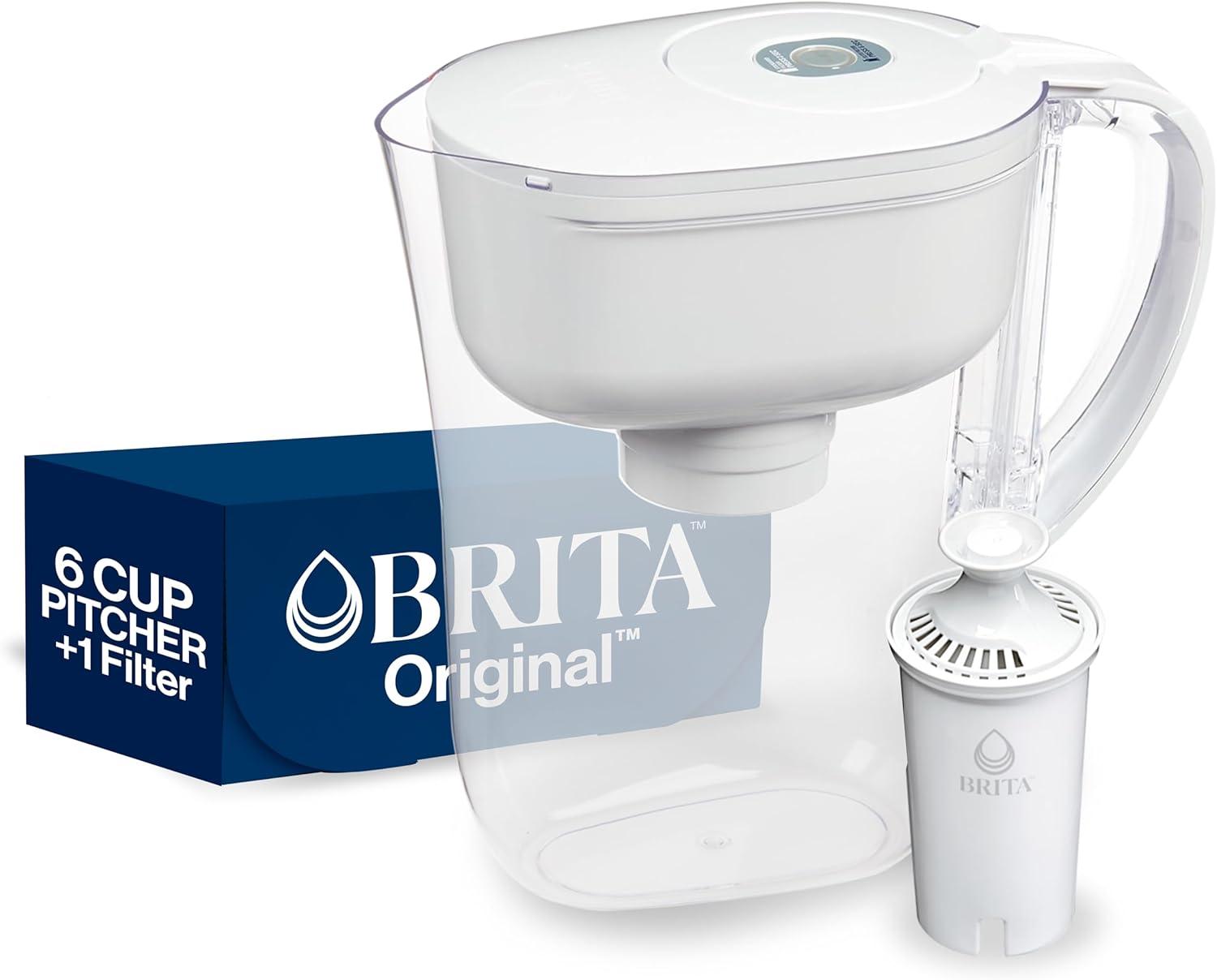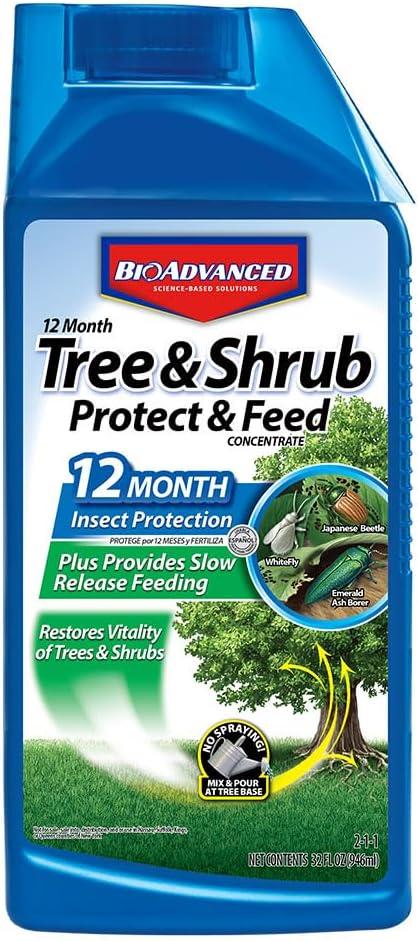Carbon Fiber Spoiler Showdown: Tested Benefits for Lexus IS E3 drivers
When it comes to enhancing the aesthetics and performance of your Lexus IS E3 (3rd Generation, CT1 Style, 2013-2020), a carbon fiber rear spoiler is a popular choice. But with options like the CT1 Style, FRP (Fiberglass Reinforced Plastic), and the sophisticated Honeycomb Carbon, how do you know which is right for you? Let's dive into the details and compare the benefits of each.
The Compatible For Lexus IS E3 3rd Generation CT1 Style Carbon Fiber Rear Spoiler Trunk Wing is a direct fit, designed to seamlessly blend with your vehicle's existing design. Crafted from high-quality materials, it offers a sleek and aggressive look that can significantly elevate your ride's visual appeal. The carbon fiber construction not only adds a touch of luxury but also provides a lightweight upgrade, potentially improving aerodynamics without compromising on strength.
Moving on to the FRP Honeycomb Forged variant, this spoiler takes a different approach. FRP is known for its durability and cost-effectiveness, making it a great alternative to traditional carbon fiber. The Honeycomb Forged construction adds a unique texture and robustness, ensuring that your spoiler can withstand the elements while maintaining a high-end appearance. This option is particularly appealing for those who want the look of carbon fiber without the premium price tag.
Finally, there's the Honeycomb Carbon option, which offers the ultimate blend of performance and aesthetics. The honeycomb structure provides exceptional strength and rigidity, making it one of the most durable choices available. Additionally, the carbon fiber finish gives it a sophisticated, high-tech look that's sure to turn heads. This spoiler is not only visually stunning but also engineered to enhance your vehicle's aerodynamic efficiency, potentially improving handling and stability.
In conclusion, each spoiler offers its own unique set of benefits, whether you prioritize weight savings, durability, or visual impact. By understanding the differences, you can make an informed decision that best suits your needs and preferences. Stay tuned for the full breakdown in our next post!








